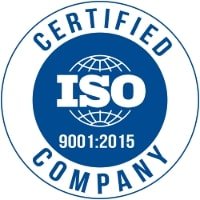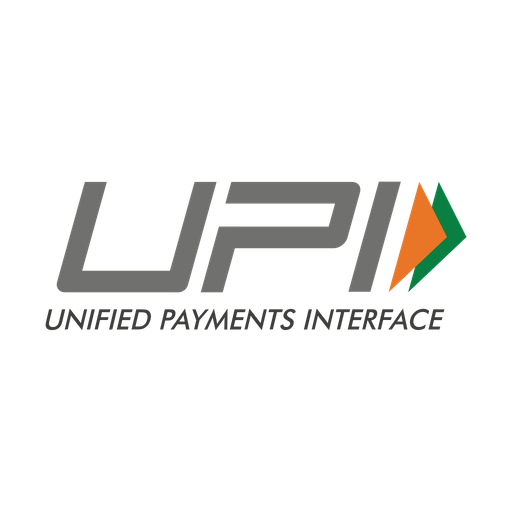
IP Rating Testing EXPLAINED | LabTest Certification
What IP Rating Testing
Ingress Protection (IP) refers to the level of protection provided by an electronic or electrical enclosure against various external factors such as dust, fluids, and solid objects like insects. IP testing evaluates the enclosure's ability to withstand these elements and ensures that the product performs reliably, especially in harsh environmental conditions.
While IP testing is not mandatory, it is often requested by specifiers and purchasers to verify the suitability of a product for outdoor or industrial use. By undergoing IP testing according to standards such as IEC 60529, manufacturers can confidently assert the performance capabilities of their products.
Obtaining an IP rating can serve as additional validation of product quality, providing a competitive edge in the market. It assures customers that the product has been rigorously tested and meets specified standards for protection against ingress of water and dust.
For further insights into water and dust ingress testing and its relevance to lighting products, you can download our white paper below.
Why Is Ingress Testing Used?
Ingress testing serves multiple purposes, primarily revolving around safety, functionality, and product marketing.
1. Safety: Ensuring that electronic or electrical products are adequately protected against ingress of external elements is crucial for user safety. For instance, protection against water ingress is critical to prevent electric shock hazards or equipment damage.
2. Functionality: Many products rely on proper insulation from external elements to function effectively. Whether it's mist, steam, water spray, dust, sand, or oils, ingress protection testing helps verify that a product will continue to operate reliably in real-world conditions without being compromised by these external factors.
3. Compliance with Standards: Ingress protection testing ensures that products meet industry standards and regulatory requirements. By adhering to specified IP ratings, manufacturers demonstrate their commitment to producing quality products that comply with safety and performance standards.
4. Product Marketing: A higher IP rating can be a valuable marketing tool, indicating to consumers the level of protection a product offers against environmental factors. Products with higher IP ratings may be perceived as more durable, reliable, and suitable for use in challenging environments, thus potentially gaining a competitive edge in the market.
Overall, ingress protection testing plays a critical role in ensuring the safety, functionality, and marketability of electronic and electrical products by verifying their resistance to various external elements.
What Products Need to Be Protected Against Ingress?
Different products require different levels of testing and different types of testing. Generally, ingress protection is divided into testing for ingress from foreign objects or liquids. With many products, the point where it would be most likely to fail comes at a seam between two parts.
What Products Need Ingress Protection?
In America and Canada, many products that are governed by engineering standards such as UL or CSA standards must indicate an ingress protection (or IP) rating. These products include computers, laboratory equipment, certain medical devices, light fixtures as well as products that must remain dust-free or moisture-resistant. Items that are sealed and will likely be placed in hazardous places also need IP ratings.
In certain cases, IP testing is voluntary, but sellers often ask manufacturers for an IP rating before placing a product in inventory. For example, a hardware store might demand that all outdoor lights it sells come with an IP rating against ingress from moisture. The hardware store doesn’t want to get a lot of returned merchandise or be liable in case of some accident that occurs because of a failure of the product. In a case like this, it’s incumbent on the manufacturer to meet the seller’s standards.
Some other typical products that need ingress protection include components in automotive and military applications. In these cases, water pressure testing is crucial because water can foul the system. Water is often used for cleaning, however, so the product must be resistant to water potentially entering sensitive components.
Water spray testing can help ensure gaskets that cover seals in these systems are well-fitted. It’s also important to consider spray testing can involve water dispensed at high-velocity, which presents its own challenges.
Sometimes water can work its way past even a well-sealed gasket. Ensuring the gasket includes a shield that blocks water spray can be important in maintaining the serviceability of a gasket in these conditions.
Other common items that require ingress protection testing include electrical sockets, cell phones, refrigerators (particularly their electric motors) and wrist watches.









